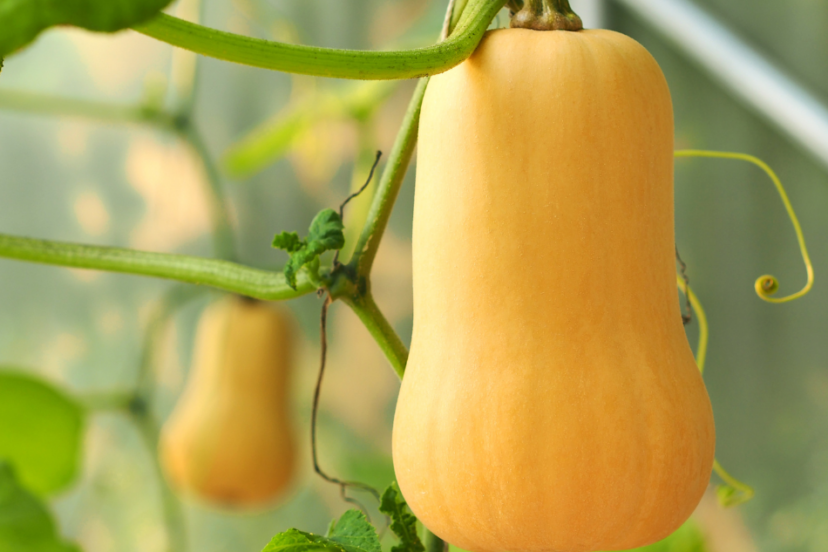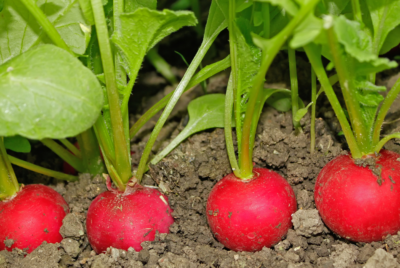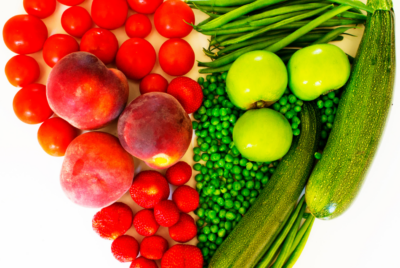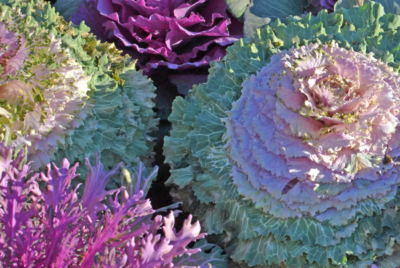Top 20 Easiest Vegetables For Beginners To Grow In Their Garden
There’s an abundance of joy and satisfaction that comes from growing your own vegetables. For beginners looking to cultivate their green thumbs, starting with easier-to-grow vegetables is the key to success. In this list, we’ll highlight the top 20 vegetables that are perfect for those new to gardening. From hardy tomatoes to low-maintenance lettuce, these beginner-friendly veggies will have you harvesting a bountiful garden in no time.
Here’s my list of the 20 easiest vegetables that’s perfect for those looking to cultivate a veggie garden, regardless of their green thumb status:
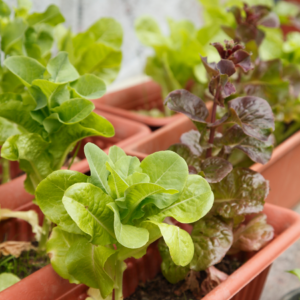
1.Lettuce:
It can be harvested at almost any stage of growth, and it’s perfect for continuous harvesting.
2.Radishes:
They grow rapidly, with some varieties ready in just three weeks.
3.Spinach:
It prefers cooler weather and can even grow in partial shade.
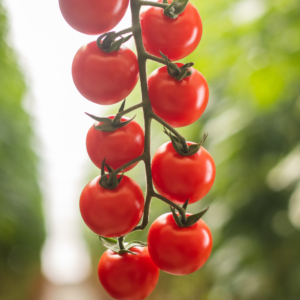
4.Cherry Tomatoes:
They’re more forgiving than full-sized tomatoes and can thrive in containers.
5.Cucumbers:
Opt for bush varieties for smaller spaces; they love the sun and plenty of water.
6.Green Beans:
They can produce a large harvest from just a few plants.
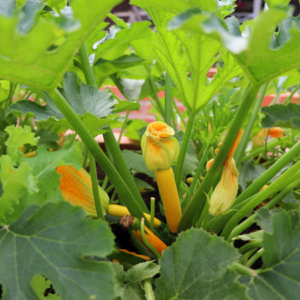
7.Zucchini:
Known for being prolific, one or two plants can provide an ample harvest.
8.Peas:
They enjoy cooler weather and can be grown in spring or fall.
9.Carrots:
With loose, sandy soil, they can grow with little fuss.
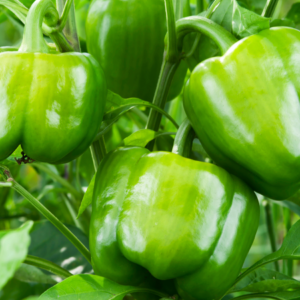
10.Bell Peppers:
Warm-weather vegetables that are great for container gardening.
11.Kale:
It’s hardy and can grow well into the colder months.
12.Beets:
The roots are delicious, and the greens can be eaten too.
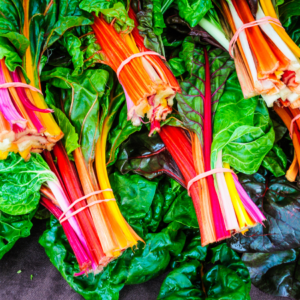
13.Swiss Chard:
This leafy green is both decorative and tasty, and it’s resilient in various weather conditions.
14.Turnips:
Both the roots and the greens are edible, and they grow quickly.
15.Spring Onions:
They’re not fussy about their growing conditions and can even be grown in pots.
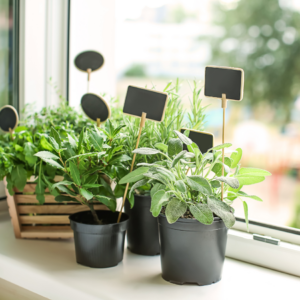
16.Arugula:
It’s fast-growing and can be cut repeatedly.
17.Mustard Greens:
They grow quickly and can add a spicy kick to salads.
18.Collard Greens:
They’re very nutritious and can tolerate lower temperatures.
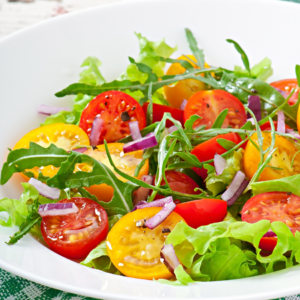
19.Bush Squash:
Like zucchini, these plants don’t require a lot of space and yield plenty of produce.
20.Herbs:
(such as Basil, Thyme, Mint, and Parsley) – While not vegetables, herbs are incredibly easy to grow and a useful addition to any kitchen garden.
These vegetables don’t need much beyond basic care, and they’re excellent for boosting your confidence as a burgeoning gardener.
With regular watering, some sunshine, and a bit of patience, you’ll have a thriving garden in no time!
Key Takeaways:
- Choose easy-to-grow vegetables: Select vegetables like lettuce, radishes, and green beans that are simple to cultivate for beginners.
- Start with containers: for those with limited space, starting with container gardening for vegetables such as tomatoes, peppers, and herbs can be an excellent option.
- Consider climate and sun exposure: Make sure to choose vegetables that are suitable for your climate and provide adequate sunlight for optimal growth.
- Regular watering and maintenance: Ensure consistent watering and basic care for your vegetable garden to promote healthy growth and abundant harvest.
- Enjoy the harvest: Once your vegetables are ready to harvest, savor the joy of picking your fresh produce and creating delicious meals from your garden.

Getting Started with Vegetable Gardening
Understanding Your Climate and Soil
While gardening, it is important to understand your climate and soil to ensure successful vegetable growth. Different vegetables thrive in different environments, so it’s important to research which vegetables are best suited for your specific climate and soil type. Consider factors such as temperature, sunlight, rainfall, and drainage when selecting the vegetables to grow in your garden.
Essential Tools for the Beginner Gardener
For a beginner gardener, having the right tools can make all the difference in the success of your garden. Essential tools include a trowel, garden gloves, a watering can or hose, a garden fork, and a hand pruner. These tools will help you plant, weed, water, and harvest your vegetables with ease. Invest in quality tools that will last for many gardening seasons.
Getting started with vegetable gardening may seem daunting at first, but with the right knowledge and tools, you can set yourself up for a successful growing season. By understanding your climate and soil, you can choose the right vegetables to plant. Additionally, having important tools on hand will make the gardening process smoother and more enjoyable. Happy gardening!
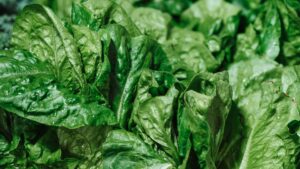
Top Easiest Vegetables to Grow
Easy Greens and Lettuces
Little effort and great rewards await you with easy greens and lettuces. These vegetables are perfect for beginners as they require minimal maintenance and can thrive in various climates. Planting options range from crisp lettuce varieties to nutrient-packed spinach, providing a bountiful harvest in a short amount of time.
Root Vegetables with Minimal Needs
The key to success with root vegetables lies in their minimal needs. Carrots, radishes, and beets are forgiving crops that are well-suited for beginner gardeners. As long as they have well-draining soil and receive an adequate amount of sunlight, these root vegetables will flourish with little extra care.
Understanding the growth habits of root vegetables is vital for a successful harvest. Carrots prefer loose soil to prevent forking, while beets thrive in slightly acidic conditions. By familiarizing yourself with the needs of each root vegetable, you can ensure a plentiful harvest.
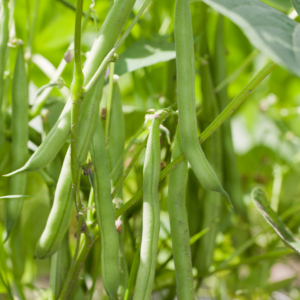
Hardy Herbs for Every Garden
With hardy herbs like basil, parsley, and mint, you can add flavor to your dishes with ease. These low-maintenance plants are perfect for beginners and can be grown both indoors and outdoors. Whether you have a small space or a sprawling garden, these herbs will thrive and provide you with a fresh supply for culinary creations.
With their versatility and resilience, hardy herbs are a must-have for every gardener. They not only enhance the flavors of your favorite recipes but also attract beneficial insects to your garden, promoting a healthy ecosystem.
Fruit-Bearing Plants for New Gardeners
Every garden can benefit from the addition of fruit-bearing plants, such as tomatoes, peppers, and strawberries. These plants are not only easy to grow but also offer a delicious reward for your efforts. With a little care and attention, you can enjoy a continuous harvest of fresh, succulent fruits throughout the growing season.
Herbs like basil and mint can be considered low-maintenance and rewarding plants to grow, as they provide a flavorful addition to your meals while requiring minimal effort to thrive.
Gardening Tips and Tricks
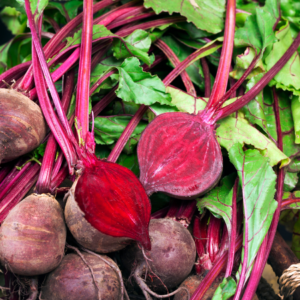
Now that you have decided to start your vegetable garden, here are some tips and tricks to help you succeed:
- Start small: Begin with a few easy-to-grow vegetables and gradually expand your garden as you gain experience.
- Choose the right location: Ensure your garden receives at least 6-8 hours of sunlight daily and has well-draining soil.
- Follow plant spacing guidelines: Crowding plants can lead to competition for nutrients and sunlight, resulting in poor growth.
- Use mulch: Mulching helps retain moisture, suppress weeds, and regulate soil temperature.
Recognizing and implementing these tips will set you on the path to a successful vegetable garden.
Pest Control for Your Vegetable Garden
Vegetable gardens are susceptible to a variety of pests that can damage your plants and reduce your harvest. To control pests organically, try companion planting, using natural predators like ladybugs, and regularly inspecting your plants for signs of infestation. If necessary, you can also use organic sprays or deterrents to keep pests at bay.
When and How to Water Your Vegetables
To ensure the optimal growth of your vegetables, it is vital to water them consistently. Watering in the morning allows the leaves to dry during the day, reducing the risk of diseases. Your plants need about 1-1.5 inches of water per week, either from rainfall or irrigation. Water the base of the plants to ensure deep root penetration and avoid wetting the foliage.
Sustaining Your Vegetable Garden
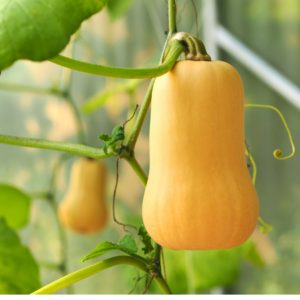
Harvesting Your Vegetables at Peak Ripeness
Not only is it important to plant your vegetables at the right time, but harvesting them at the peak of ripeness is crucial for optimal flavor and nutrition. Harvesting your vegetables when they are ready ensures that you get the most out of your garden’s bounty. Be sure to regularly check your plants for signs of ripeness, such as color, size, and texture, and harvest them promptly.
Preparing for the Next Growing Season
Peak preparation for the next growing season begins as soon as you harvest your last crop. Clear out any debris, weeds, and dead plants from your garden beds to prevent diseases and pests from overwintering. Amend your soil with organic matter like compost to replenish nutrients for the next round of planting. Additionally, consider rotating your crops to prevent soil depletion and pest infestations.
Vegetable gardens require planning and care to ensure successful harvests year after year. By preparing your garden for the upcoming growing season, you set yourself up for a bountiful and healthy crop. Remember to maintain a consistent watering schedule, monitor for pests, and keep track of what worked well and what didn’t for future reference.
To wrap up
To wrap up, growing your own vegetables can be a rewarding and satisfying experience. If you are a beginner looking to start your gardening journey, consider planting some of the top 20 easiest vegetables such as lettuce, tomatoes, and zucchini. These vegetables are low maintenance and offer a high success rate for beginners. For more information on easy-to-grow vegetables for beginners in gardening, check out What are some easy-to-grow vegetables for beginners in gardening.
FAQ
Q: What are the top 20 easiest vegetables for beginners to grow in their garden?
A: Some of the easiest vegetables for beginners to grow in their garden include tomatoes, lettuce, radishes, green beans, zucchini, peppers, cucumbers, carrots, peas, spinach, kale, onions, garlic, potatoes, squash, pumpkin, strawberries, herbs, beets, and broccoli.
Q: What are the key factors to consider when choosing vegetables to grow as a beginner?
A: When choosing vegetables to grow as a beginner, consider factors such as your climate and growing zone, available space, sunlight exposure, soil quality, water requirements, and the time you can devote to maintenance and care.
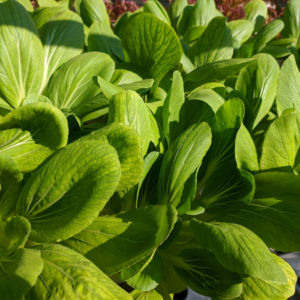
Q: How can beginners ensure successful growth of vegetables in their garden?
A: Beginners can ensure successful growth of vegetables in their garden by starting with easy-to-grow varieties, following instructions on seed packets or plant labels, providing adequate sunlight, water, and nutrients, regularly monitoring for pests and diseases, and seeking advice from local gardening experts or extension services.
What are some common mistakes that beginners make when growing vegetables in their garden?
A: Some common mistakes that beginners make when growing vegetables in their garden include planting vegetables in the wrong season, over or under watering, neglecting soil preparation, overcrowding plants, ignoring pest and disease issues, and not providing sufficient support for climbing or vining plants.
Q: How can beginners expand their knowledge and skills in vegetable gardening?
A: Beginners can expand their knowledge and skills in vegetable gardening by reading books and online resources, attending workshops or classes, joining a local gardening club or community garden, experimenting with different varieties, and keeping a gardening journal to track successes and failures for future reference.
Companion Planting Sweet Potatoes
Companion Plants For Brussel Sprouts

